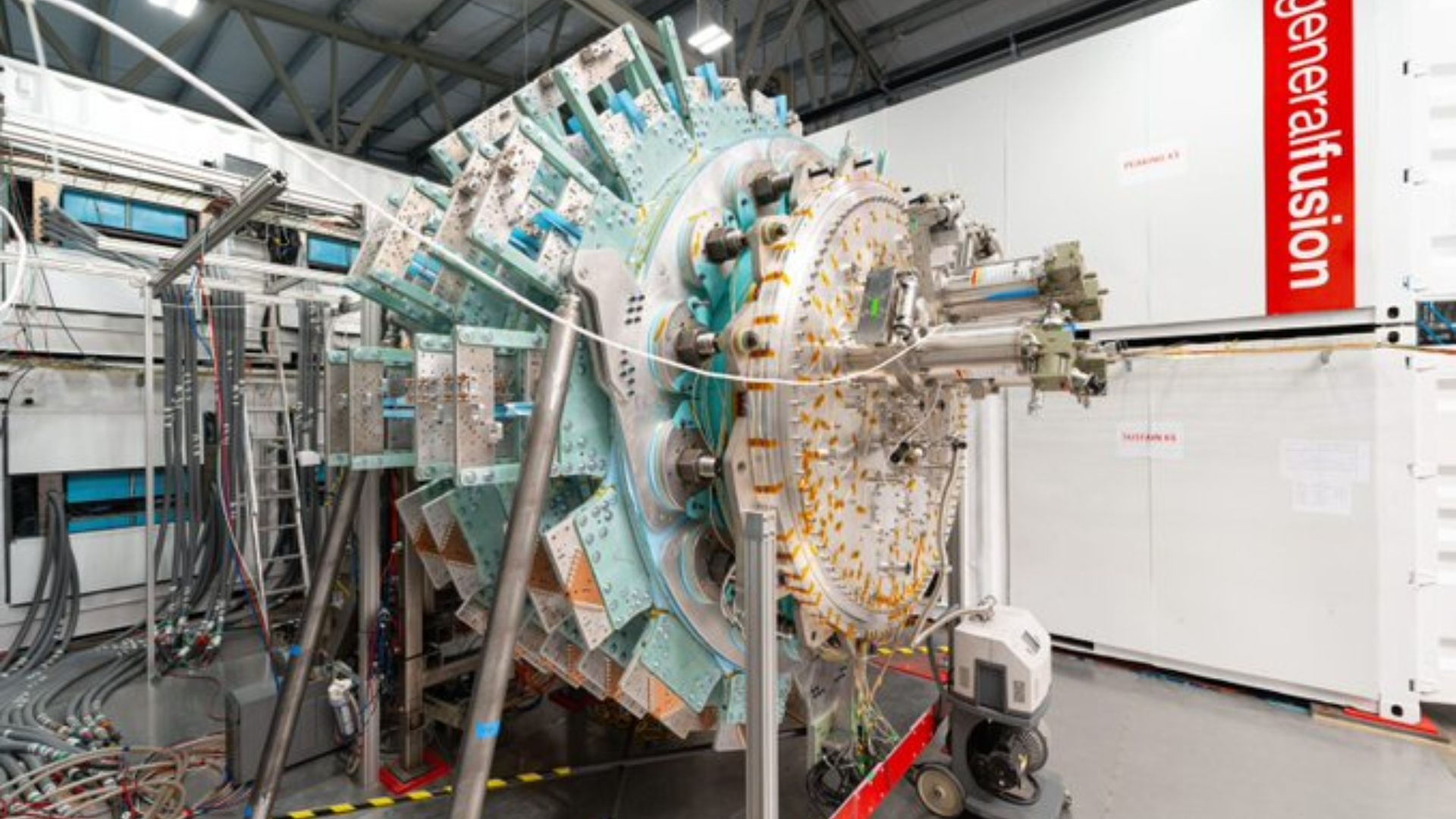Room-Temperature Plastic-to-Petrol Conversion Achieves 95%+ Efficiency

Scientists in the US and China have developed a one-step method to convert mixed plastic waste into petrol at room temperature and ambient pressure, achieving over 95% efficiency. This energy-efficient process uses less equipment and fewer steps than conventional methods, making it scalable for industrial use. The method combines plastic waste with light isoalkanes, producing gasoline-range hydrocarbons (molecules with 6-12 carbons) and hydrochloric acid, which can be safely neutralized and reused. This breakthrough addresses the challenge of processing polyvinyl chloride (PVC), integrating dechlorination and upgrading into a single stage, avoiding the high-temperature dechlorination step required by traditional methods. Tests show high conversion efficiency even with real-world mixed and contaminated waste streams, offering a promising pathway towards circular economy goals.
Read more







